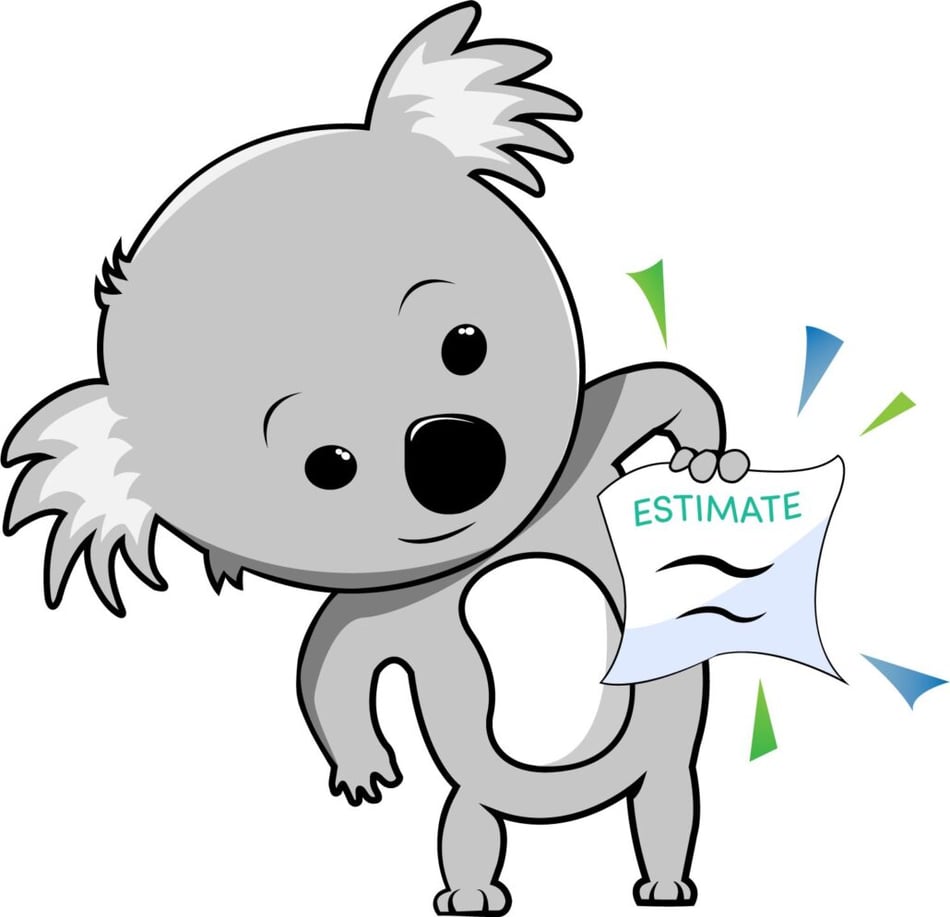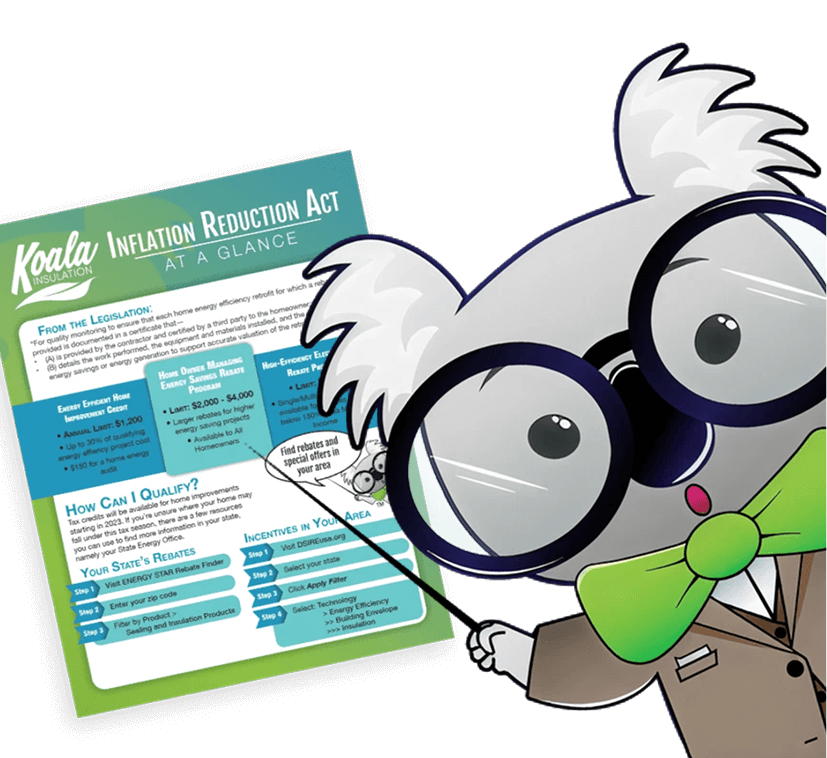📍 Koala Insulation of St. Paul | ☎ (651) 272-2720
When it comes to making your home more energy efficient, comfortable, and environmentally friendly, insulation is one of the most important upgrades you can make. However, improper insulation installation can do more harm than good—leading to wasted energy, costly repairs, and discomfort during harsh Minnesota winters and humid summers.
At Koala Insulation of St. Paul, we’ve seen firsthand how DIY errors or careless installation can compromise a home’s thermal envelope. Here are the top insulation mistakes to avoid—and how to ensure your insulation performs as it should.
1. Skipping the Air Sealing Step
One of the most common and damaging mistakes is installing insulation without sealing air leaks first. Insulation is designed to slow the transfer of heat, but it doesn’t stop air movement. Gaps around windows, doors, attic hatches, and plumbing penetrations can let in drafts and moisture, which undermine your insulation’s effectiveness.
Why it matters:
Without air sealing, your home will continue to lose conditioned air—making your HVAC system work harder and your utility bills climb.
Pro tip:
A professional installer will always check for and seal air leaks before placing insulation. This is standard practice at Koala Insulation of St. Paul.
2. Choosing the Wrong Type of Insulation
There’s no one-size-fits-all approach to insulating a home. Some materials work better in attics, while others are ideal for crawl spaces or walls. Choosing the wrong type of insulation can lead to poor performance and even damage over time.
Common examples:
- Using fiberglass batts in tight crawl spaces (they don’t seal well and can trap moisture).
- Skipping radiant barrier in sun-exposed attics.
- Not using closed-cell spray foam in basements prone to dampness.
What to do instead:
Have a trained professional assess your home’s structure and climate needs. Koala Insulation of St. Paul offers free evaluations to recommend the best type of insulation for each part of your home.
3. Overstuffing or Compressing Insulation
It might seem logical to “pack in” insulation for better results, but compressing insulation actually reduces its R-value, or its ability to resist heat flow. This defeats the purpose of insulation altogether.
Where this happens most:
- Wall cavities when batts are jammed in too tightly
- Attics with uneven floor joists
- Around recessed lighting fixtures
Solution:
Install insulation to fit—not to stuff. Insulation should fill a cavity completely without being forced or compressed. Spray foam and blown-in insulation are great options for full, even coverage without overpacking.
4. Leaving Gaps or Voids
Even small gaps in insulation coverage can create thermal bridges—areas where heat flows freely in or out of the home. Unfortunately, this issue is common in DIY projects or rushed jobs.
Problem areas include:
- Corners and edges of walls
- Around windows, outlets, and pipes
- Behind framing or blocking
Tip:
Use blown-in insulation or spray foam to get into tricky spots. At Koala Insulation of St. Paul, we use thermal imaging tools to detect and eliminate gaps that could compromise your insulation.
5. Ignoring Ventilation Needs
While sealing your home tightly is important, too little ventilation can lead to poor indoor air quality and moisture issues—especially in attics and crawl spaces.
The risk:
Improper attic ventilation can cause insulation to become damp, leading to mold, mildew, and reduced effectiveness.
Best practice:
Balance insulation with proper airflow. Ridge vents, soffit vents, and attic fans (like our solar-powered options) help maintain ideal conditions year-round.
6. Insulating Wet or Damp Areas
Insulation should never be installed over wet materials. Doing so traps moisture and creates an ideal environment for mold and structural damage. Yet this mistake happens frequently in basements, crawl spaces, and recently flooded areas.
What to avoid:
- Installing over wet drywall or wood
- Not drying out an attic or crawl space after a leak
What we do instead:
At Koala Insulation of St. Paul, we always inspect and dry any moisture-prone areas before beginning insulation work. This ensures your investment holds up long-term.
7. Using Low-Quality or Inadequate Insulation
Trying to cut costs by choosing the cheapest insulation can cost you more in the long run. Thin materials or low R-value products won’t hold up to St. Paul’s temperature swings.
Consequences include:
- Higher energy bills
- Poor indoor comfort
- Shorter insulation lifespan
What to choose instead:
Look for insulation that meets or exceeds local energy code requirements. We only use high-performance materials approved for the St. Paul climate zone.
8. Not Following Building Codes or Local Guidelines
Every state—and sometimes even individual cities—has its own building codes for insulation. These codes ensure safety, performance, and energy efficiency. Skipping these steps can delay inspections, void insurance claims, or force costly rework.
Pro insight:
A professional installer like Koala Insulation of St. Paul understands local codes and will ensure your project meets all requirements the first time.
9. DIY Installation Without Proper Safety Measures
Insulation materials can irritate your skin, eyes, and lungs. Without protective gear and proper handling, homeowners risk personal injury—not to mention improper installation.
Risks include:
- Exposure to fiberglass particles
- Breathing in dust or chemical fumes
- Improper handling of spray foam products
Bottom line:
Hiring a certified, insured professional ensures your insulation is installed safely and effectively.
Trust Koala Insulation of St. Paul for Professional Results
Avoiding these common mistakes can save you thousands of dollars and years of headaches. At Koala Insulation of St. Paul, we bring expert guidance, quality materials, and local experience to every job.
We tailor every project to your home’s unique structure, climate needs, and energy goals—and we guarantee results you’ll feel season after season.Call us at (651) 272-2720 or visit our website for a free estimate today!

